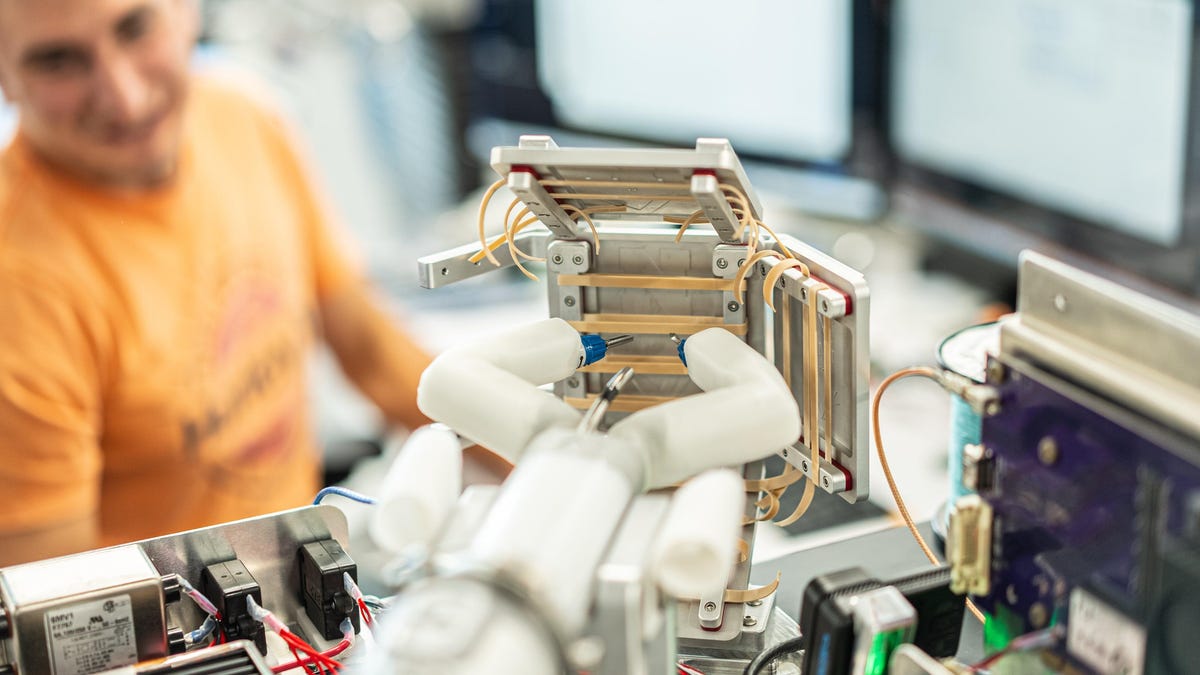
A two-pound cyborg surgeon performed its first simulated procedure in space, dissecting rubber bands that resemble elastic tissue to prepare for medical procedures to be carried out remotely in the microgravity environment.
On Saturday, spaceMIRA (Miniaturized In-vivo Robotic Assistant) carried out a demonstration whereby a human surgeon on Earth controlled the robot’s arms to cut through simulated human tissue on board the International Space Station (ISS), CNN reported. The small robotic arm launched to the space station on January 30 on board a SpaceX Falcon 9 rocket for testing.
Advertisement
Six surgeons on Earth remotely operated the robotic arm on the ISS, which orbits Earth at an approximate distance of 250 miles (400 kilometers) away in low orbit. The robotic surgeon aced the tasks at hand but one challenge remain—a 0.85 second delay in communication between when the command is sent from Earth and received by the robot in space, according to the CNN report.
Advertisement
“In a live patient, if there is bleeding, it’s my job to stop that bleeding immediately. But to have an 800 to 850 millisecond lag between seeing the blood loss and then doing something about it, I mean, effectively that’s like… saying, OK, one Mississippi, two, and then I get to go ahead and fix the problem,” Michael Jobst, one of the surgeons who tested spaceMIRA, told CNN. “Five seconds would be an eternity in surgery, and a split second or a half a second is going to be significant. So, this was a big challenge.”
Advertisement
The recent tests are part of initial steps towards developing solutions for the robot surgeon, with the goal of having it perform surgeries on its own without the help of an Earthly guide.
MIRA, developed by medical startup Virtual Incision, performed its first surgery in August 2021, assisting in a right hemicolectomy procedure by cutting a single incision on a patient. The robot surgeon is equipped with two controllable arms that can hold tools like a pair of scissors, helping it hold down and slice through flesh.
Advertisement
As NASA looks towards long-duration spaceflights to further destinations, the space agency is considering what would happen if one of the astronauts was in need of a medical procedure. A tiny cyborg arm could offer a helping hand in space.
For more spaceflight in your life, follow us on X (formerly Twitter) and bookmark Gizmodo’s dedicated Spaceflight page.
Services Marketplace – Listings, Bookings & Reviews